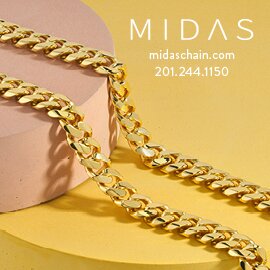Recently, GIA submitted to The Retail Jeweler a communication on the matter of lead-glass filled rubies. With permission of GIA, The Retail Jeweler has reproduced this information provided by GIA for The Retail Jeweler readers.
Brought to you from the front lines of gemology, each GIA Global Dispatch features researchers and educators who provide a quick overview on the latest treatments, synthetics and gem materials in the marketplace. In addition, they provide practical tips and techniques for dealing with these materials, and access to resources to help you learn more.
Lead Glass-Filled Rubies
Lead glass-filled rubies represent material that is heavily treated to improve transparency. The treatment is highly unstable, resulting in stones that can be easily damaged beyond repair.
The material is relatively easy to identify using a gemological microscope or jeweler’s 10x loupe. Tell-tale signs include: a flash-effect, large gas bubbles in a stone’s cavities, or flattened bubbles confined to wide fractures filled with glass.
Avoid any jewelry repair procedure and keep the material out of solvents, including basic household cleaning solutions.
Sometimes called composite ruby, hybrid ruby, ruby with glass, or a host of other names, GIA considers some of this material so heavily treated that it does not warrant being called ruby at all, but rather a manufactured product.

